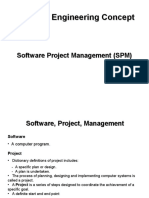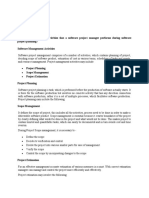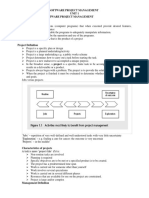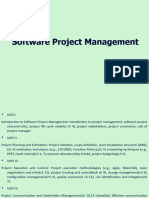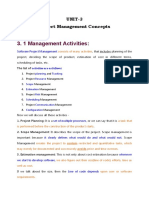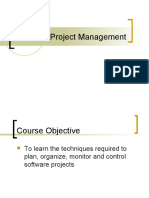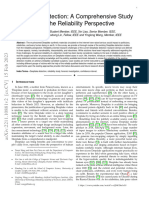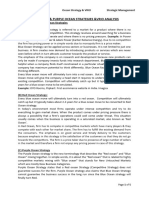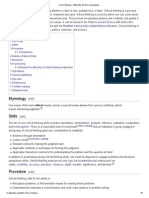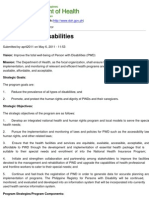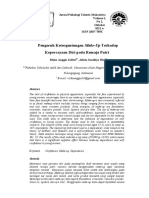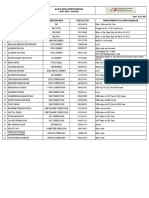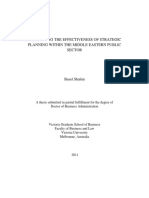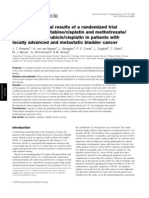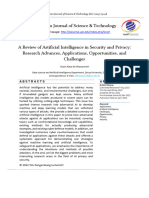0% found this document useful (0 votes)
89 views77 pagesLecture 1
The document discusses the concepts of projects and project management. It defines a project as a temporary endeavor undertaken to create a unique product or service. It notes that software projects differ from other projects in their invisibility, complexity, and flexibility. It then outlines various characteristics of projects, stakeholders in projects, and the roles and responsibilities of a project manager. Finally, it discusses software project management, the software project management plan, knowledge areas of project management, and process models like the waterfall model.
Uploaded by
munyawumichaelCopyright
© © All Rights Reserved
We take content rights seriously. If you suspect this is your content, claim it here.
Available Formats
Download as PDF, TXT or read online on Scribd
0% found this document useful (0 votes)
89 views77 pagesLecture 1
The document discusses the concepts of projects and project management. It defines a project as a temporary endeavor undertaken to create a unique product or service. It notes that software projects differ from other projects in their invisibility, complexity, and flexibility. It then outlines various characteristics of projects, stakeholders in projects, and the roles and responsibilities of a project manager. Finally, it discusses software project management, the software project management plan, knowledge areas of project management, and process models like the waterfall model.
Uploaded by
munyawumichaelCopyright
© © All Rights Reserved
We take content rights seriously. If you suspect this is your content, claim it here.
Available Formats
Download as PDF, TXT or read online on Scribd
/ 77











